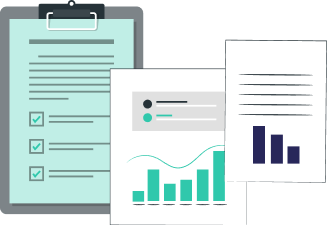EdGate Taxonomy: The Foundation of ExACT and EdGate Alignments
The EdGate Concept Index is our patented taxonomy, a structured classification of educational concepts built from K–12 standards. This taxonomy serves as the core framework behind ExACT and supports our alignment and crosswalk services. Refined over years of work with educators, publishers, and technology providers, the Concept Index makes it possible to connect any piece of content to the right standards in just one step.
